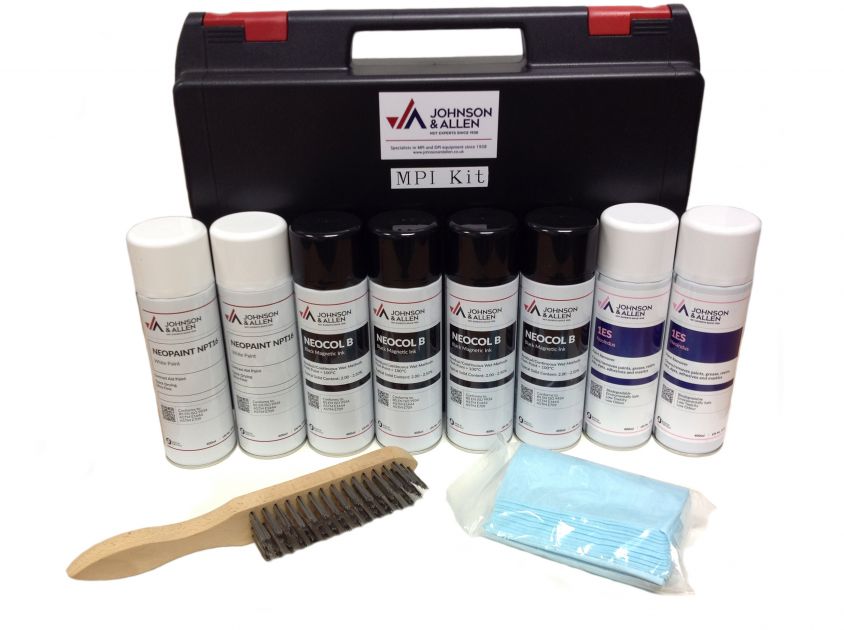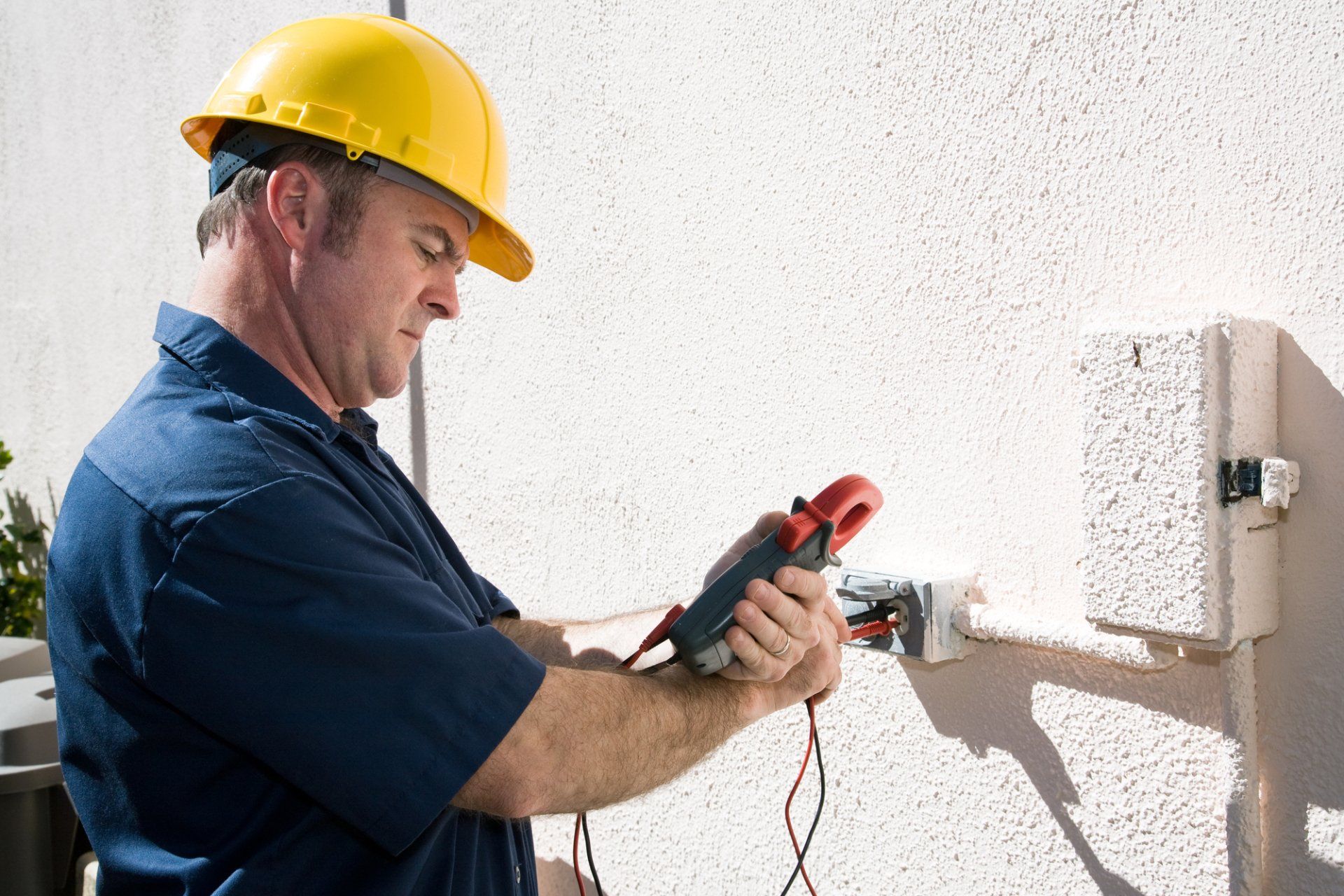Home Inspection Tool Kit Home Inspector Tool Package
Table of Content
Falling is the most common cause of injury for inspectors, so investing in a sturdy ladder is vital. During a home inspection, you will primarily see this tool utilized by the inspector. An affordable and reliable flashlight is the best investment.
It’s all a matter of preference really, if you have certain tools that you know you want or if you just really want to make sure you have the best equipment possible then this might be your choice. Alternatively, inspection equipment helps inspectors collect data by allowing them access to it or assisting them in their tasks. For example, inspector’s toolbelts, scaffolding used to gather visual data visually, ropes used for climbing inside assets, or even rappelling ropes inside assets. An infrared laser helps to determine the temperature of an object.
Testers
A thorough, top-to-bottom inspection of a home necessitates the use of the proper tools. We stand strong on our technical expertise in the field of Inspection requirements in the Pharma and the Print industry. We are in the Business of development, manufacture, installation and support of 'Camera based Inspection Systems'. Our major clientele is from the Pharmaceutical and Print industry.

In the context of optical connections, it is important to ensure low Insertion Loss , while keeping the connectors clean. Micro-contaminants on the surface of the fiber core are sufficient to create optical losses greater than 1dB and can also prevent signal communication. Moreover, with high optical power signals, the micro-contaminants on the fiber surface become incandescent and can damage the fiber itself causing a high and permanent optical loss. For these reasons, it is important to inspect the connector optical fiber surfaces, in order to understand the reasons for any abnormal optical loss. Diamond provides microscopic visualization tool kits that include a power meter function.
Blast Nozzles
This photo shows an example of the equipment typically used by an inspector. Inspectors may use a bag, a bucket or a general-purpose toolbox. However, there is equipment an inspector needs in order to perform inspections safely. Every piece of software that helps enhance the speed and quality of inspections, whether inventions or modifications, generates safer results for everyone. Refinements in data collecting software and advances in data management, in particular, offer great potential.

Each kit is supplied in a convenient sturdy plastic carry case, ideal for transporting to and from the inspection site. To avoid such liability and to ensure the safety of all persons present at an inspection, InterNACHI has created compact, lightweight "STOP -- Inspector at Work" signs for inspectors to use at job sites. These signs are specifically designed to be placed on ladders and near crawlspace entrances that are being inspected.
Blasting Inspection Kits
Moisture meters are an integral tool for the home inspector. There are many meters to choose from, but only a select few are what most inspectors prefer. We have listed out the most recommended moisture meters to help you decide which is best for you. Some inspectors might not want to go with the tool kit and instead they might choose to assemble their tools piece-by-piece.

They can be collapsed and carried through a home with less risk of bumping into walls and furniture. Infrared thermometers allow inspectors to check the temperature of heating and cooling system registers located in inaccessible places, such as under beds and other large, heavy furniture. Inspectors use many other types of equipment because their use allows the inspector to offer an inspection of enhanced value. Both of these pieces of equipment allow inspectors to identify unacceptable conditions that cannot be identified visually. Generally speaking, inspection tools are the instruments and devices that inspectors use to collect data.
The Diamond microscopes kits meet today’s requirements for safety, reliability and quality, and offer the first handheld, easy-to-use field inspection tool and optical power meter integrated solution. The digital readout on an infrared thermometer tells the temperature of whatever you point it at using an infrared beam. It’s used for checking the temperature of heating and cooling equipment, including registers, hot water, etc., and the temperature of electrical equipment, such as circuit breakers. Infrared thermometers are also convenient for checking the temperature of items that are difficult to reach. Some types of equipment are used because they make the inspection process easier or faster for the inspector.

Moisture Meters – These will generally come in two different types, moisture and search meters. You will definitely need to make sure you own or have access to one of these bad boys. These three simple tools can be used by a professional inspector to uncover many faults in and around most homes as guided by InterNACHI Standards. Lastly, regardless of whatever tools a home inspector chooses to bring with them, a tool bag to fit and organize all your equipment is very important. Inspectors should always bring with them gear that can help prevent hazardous situations inherent in inspections, as well as wear appropriate personal protective equipment that will prevent injury and/or illness on the job. Safety glasses are good protection for situations in which inspectors may find their eyes or vision at risk.
Keep in mind that while these devices are effective for quick checks, they are not always conclusive and may provide misleading results. Read the instructions that come with the tester thoroughly. During a home inspection, if you were present, you might have noticed something in the tool bag of the inspector.

It is dangerous to tie the strap to a car on the other side of the house. While the car might hold the inspector in place during a fall, it would not hold the inspector in place if someone were to drive the car away. To avoid trailing dirt around the client’s home, a home inspector should keep gloves and shoes devoted to investigating unclean regions such as the attic or crawlspaces. Protect the flooring and furnishings by bringing a sheet or tarp.
Made of strong, durable plastic, they fold up flat and fit securely over the rung of the inspector's ladder. Using them may also provide legal leverage for inspectors who are held responsible for harm inflicted to their clients during an inspection. Ironically, the process of inspecting for safety defects can itself compromise the safety of inspectors and their clients. InterNACHI Inspectors can use the following types of equipment to help ensure that inspections proceed problem-free. It is necessary to remove electrical panels during the inspection using screwdrivers. A dependable set of screwdrivers is the foundation of any toolset, including a home inspection tool kit.

For example, a sensor that measures the thickness of a coke drum wall or a drone that provides boiler information remotely. The Elcometer Blasting Inspection Kit is a surface preparation inspection kit providing a range of inspection equipment to test surface profile and surface contamination of blasted profiles. Steep roofs can be an inspection challenge — that's why tools for home inspectors are so important.
Other particulates that are small enough to become airborne may not be carcinogens but may cause other types of respiratory illness. Gloves and safety glasses used when working around exposed electrical components are other common safety items. Checking the temperature drop in the HVAC system is critical. On inspections, it is best for a home inspector to bring two thermometers. This article will go over this topic in-depth and help you understand some of the essential home inspection tools used to inspect and evaluate homes.
Comments
Post a Comment